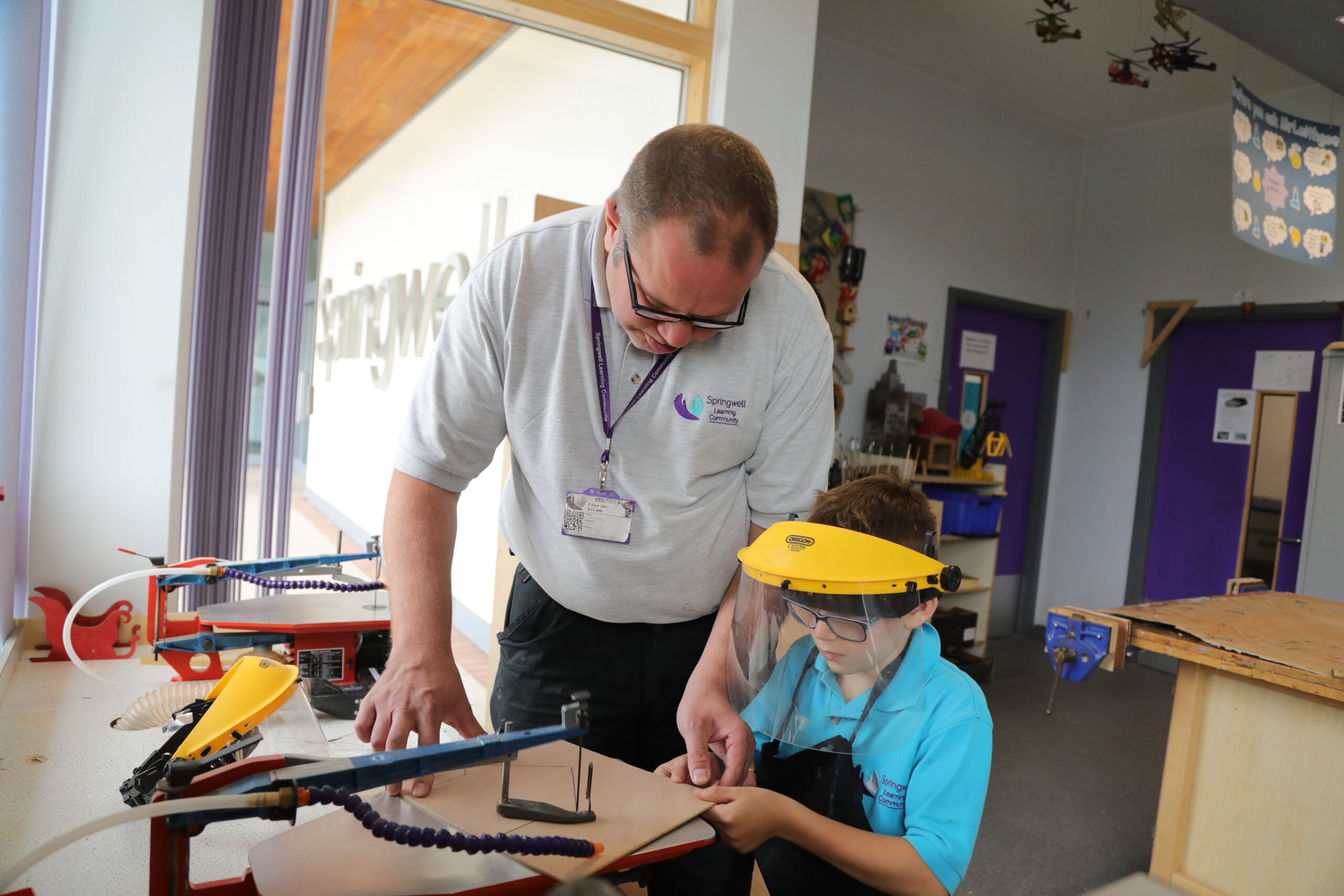By Charlotte Hughes
In today’s rapidly evolving society, fostering creativity and innovation in young minds has never been more crucial. In primary education, Design and Technology plays a transformative role in, inspiring young learners to become problem-solvers, critical thinkers, and future innovators.
‘Design and technology is an inspiring, rigorous and practical subject… Pupils learn how to take risks, becoming resourceful, innovative, enterprising and capable citizens.’ National Curriculum 2014
The Importance of Design and Technology in the Primary Classroom:
Design and Technology is not just about creating cool projects; it’s a holistic approach that encourages students to think critically, solve problems, and unleash their creative potential. Effectively integrating D&T into the primary school curriculum helps children develop essential skills that will serve them well in the ever-changing and developing world we live in today. Let’s look at four key areas we can develop within our planning and teaching of Design and Technology:
1. Problem-Solving Skills
Design and Technology projects provide opportunities for students to identify problems, brainstorm solutions, and bring their ideas to life. From designing a simple machine to solving real-world issues, primary school children learn to think critically and logically. Our aim in the primary classroom is to provide learners will the opportunity to analyse existing products and find their own solution by creating their own design, such as when making a bridge.
2. Unleashing Creativity
Design and Technology empowers students to express their creativity. Whether it’s crafting a unique piece of art or constructing a working model, D&T projects allow children to explore their imaginations and turn their ideas into reality. In the BLPP we achieve this through projects such as making moving Christmas decorations and picnic boxes as well as using electrical systems to design and make intruder alarms.
3. Making Cross-Curricular Connections
Design and Technology seamlessly integrates with other subjects, creating a multidisciplinary learning experience. Students apply mathematical concepts, scientific principles, and language skills while working on hands-on projects, reinforcing the interconnected nature of knowledge and understanding. We ensure that these links are relevant to the point of the curriculum in order to revisit and review learning and embed it within the context of Design and Technology.
4. Real-World Application
By engaging in practical, real-world projects, students understand the relevance of their learning. From building simple structures to coding basic programs, primary school children see how their skills can be applied beyond the classroom. We offer children the opportunity to design and make kites, bridges, moving vehicles and lights, all of which relate to items they are familiar with and can further explore.
Implementing Design and Technology in the Primary Classroom:
With a sound understanding of the importance of Design and Technology in the primary classroom, let’s explore effective ways to implement it in schools.
1. Project-Based Learning
Design and Technology thrive in a project-based learning environment. Teachers can introduce engaging, age-appropriate projects that encourage collaboration and independent thinking. Children can develop their knowledge and skills from an early age and develop this over time building on their knowledge and understanding in the following areas; mechanical systems, electrical systems, structures, textiles and food technology. Within the BLPP schools we do this over a 2-year cycle.
2. Access to Tools and Resources
Schools and classrooms need to be well equipped with the necessary tools and resources, ensuring that students have hands-on experiences. From basic crafting materials, kitchen resources to age-appropriate software, providing access to these resources is essential.
3. Industry Connections
We aim to foster connections with local industries and professionals in relevant fields. Guest speakers, trips, and partnerships with local businesses can provide students with insights into real-world applications of D&T. Our detailed plans ensure that there are links made to designers or producers of products such as James Dyson and Jamie Oliver.
4. Inclusive Learning
It is important that we ensure all of our learning is inclusive and in doing so we need to tailor Design and Technology projects to accommodate diverse learning styles and abilities. This ensures that every student has the opportunity to participate and succeed, fostering a sense of inclusivity within the classroom.
Conclusion:
Design and Technology in primary schools lays the foundation for a future generation of innovative thinkers and problem-solvers. By embracing the creativity and curiosity inherent in every child, we can ignite a passion for learning that extends far beyond the classroom walls. Let’s continue to nurture young minds, preparing them to meet the challenges of the future with confidence and inventiveness.













